Tech
As Apple’s Vision Pro hits China, 2 quite different users’ takes

Navigating through the UI with my eyes and fingers quickly became an immersive, intuitive and seamless experience.
Swiping through the headset’s photo album, which supports spatial audio and videos, was like watching a film with 3D glasses, except I felt I was actually in the film itself and reliving life’s most intimate moments.
Productivity-wise, I could easily set up multiple interfaces and multitask across several windows. One drawback was that, while the headset supports typing with voice, there were still some inaccuracies – hopefully Apple will fix this in the 2024 autumn upgrade.
Users must ensure that the headset is fitted properly from the get-go because minor movements can cause the visuals to go slightly out of focus.
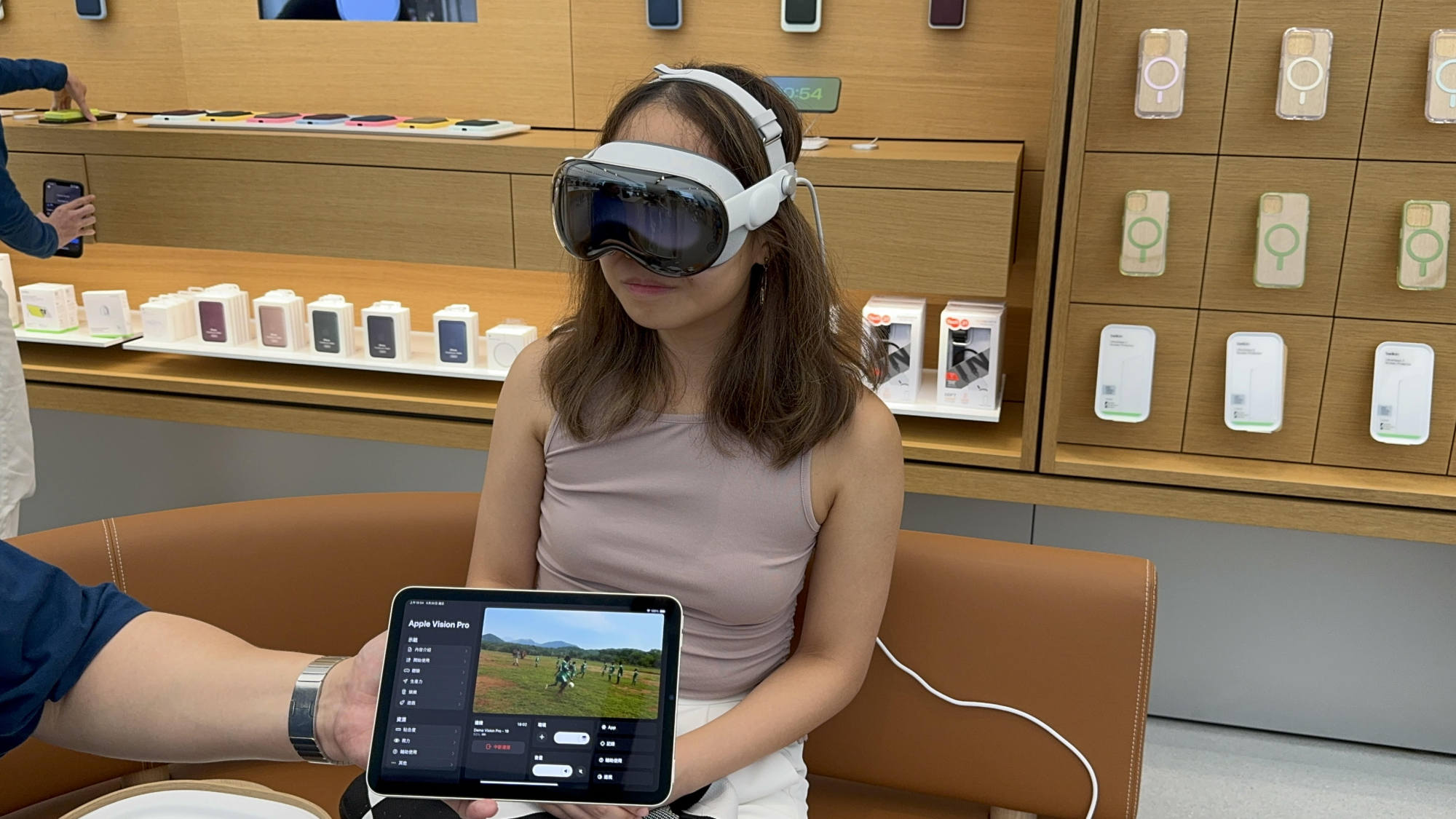
While I do not see it as a replacement for my trusty laptop, the Vision Pro’s impressive visuals and sound features make it a great gadget for entertainment.
Joanne Yau
The older gadget geek
I have been using a US unit for nearly half a year and I have a lot of thoughts.
The Vision Pro’s pair of MicroOLED screens project visuals that appear to be floating in front of you in the real world.
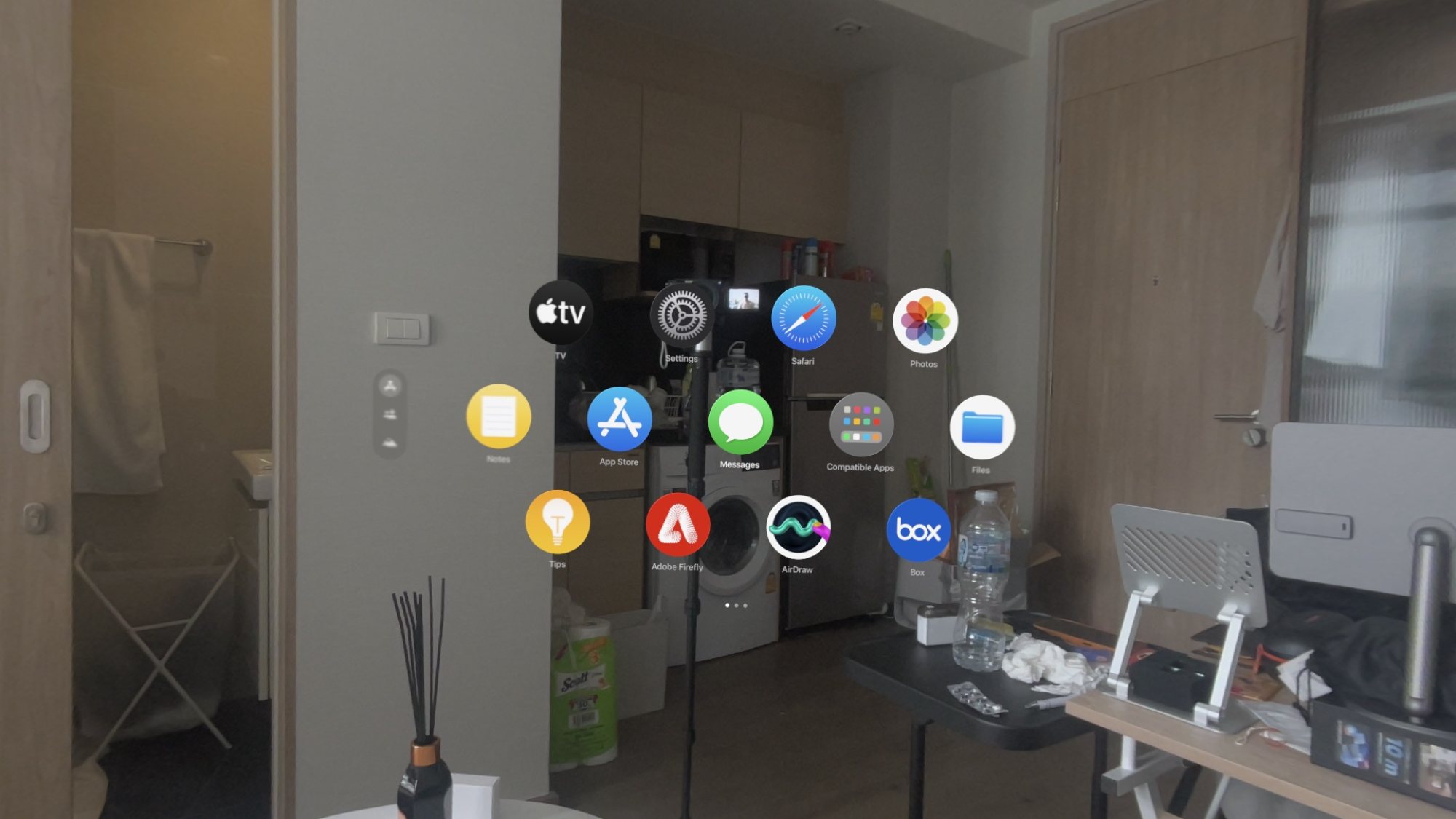
You can, for example, have a YouTube video playing next to your actual television, or have a Microsoft Word document splattered across your kitchen wall, hence the term mixed-reality.
The headset runs Apple’s VisionOS software, which behaves very similarly to an iPad’s software. You navigate through the UI with your eyes and fingers – the Vision Pro uses inward-facing infrared sensors to track your eye movement, and downward-facing cameras to track your hands.
If you want to select, say, the Email app, simply look at the app icon and tap your index finger and thumb.
What is the experience like?
For everything I just described in the last two paragraphs, the Vision Pro lives up to its claims. The visuals projected are extremely immersive, with sharp 4K resolution and a huge field of vision.
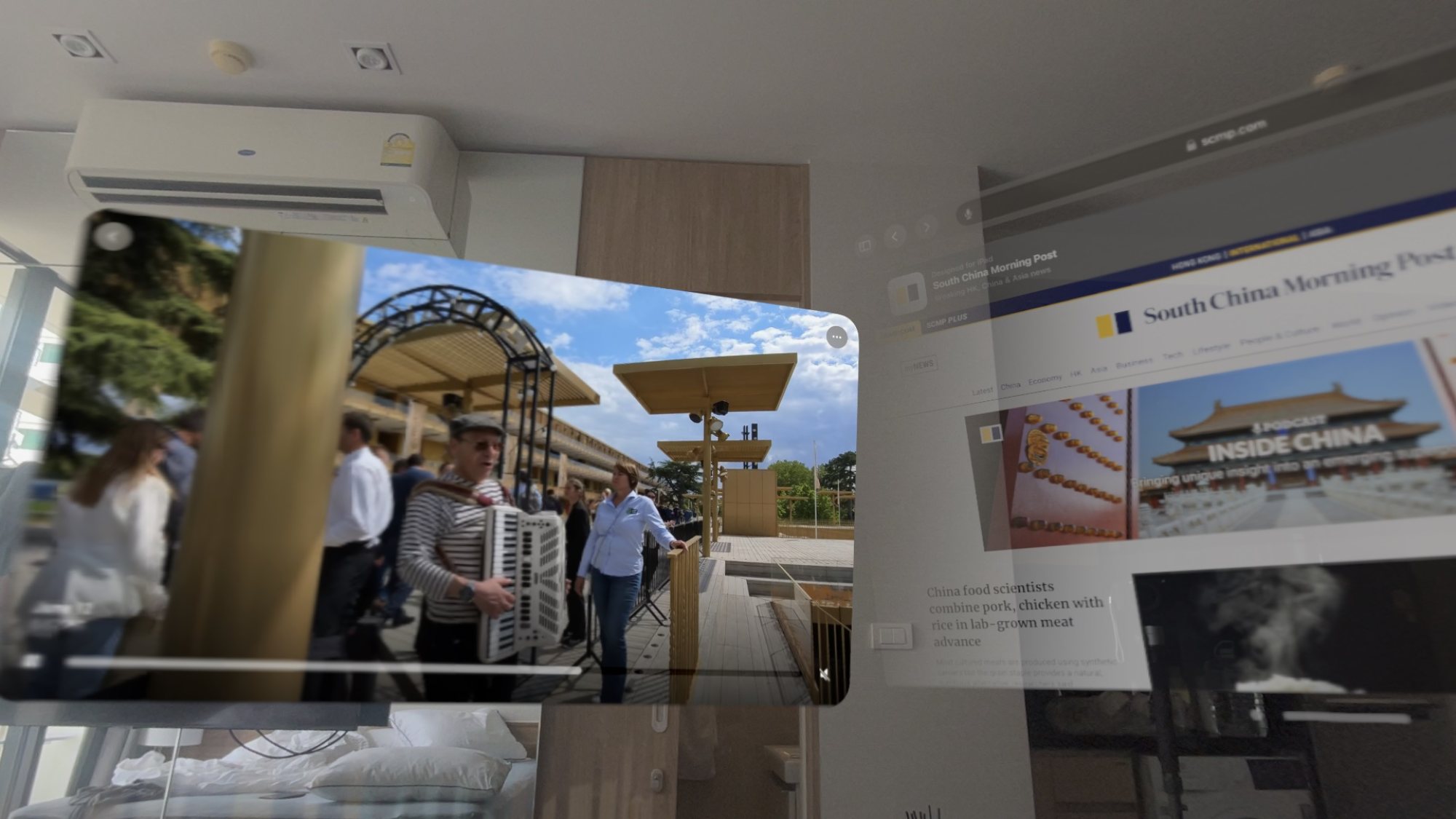
Even after six months of daily use, I still find myself marvelling at the technology when I open up a YouTube video that spans my entire view or look back at old photos with my loved ones in near-life-size form.
Navigating through menus and apps with my eyes and hands sounds impossibly futuristic, but the Vision Pro’s sensors pull it off with a very low error rate.
However, there is simply not a lot you can do with the Vision Pro so far beyond watching videos, surfing the internet and running some specific Apple apps.
This means you must use the inferior web versions to consume content from those platforms.
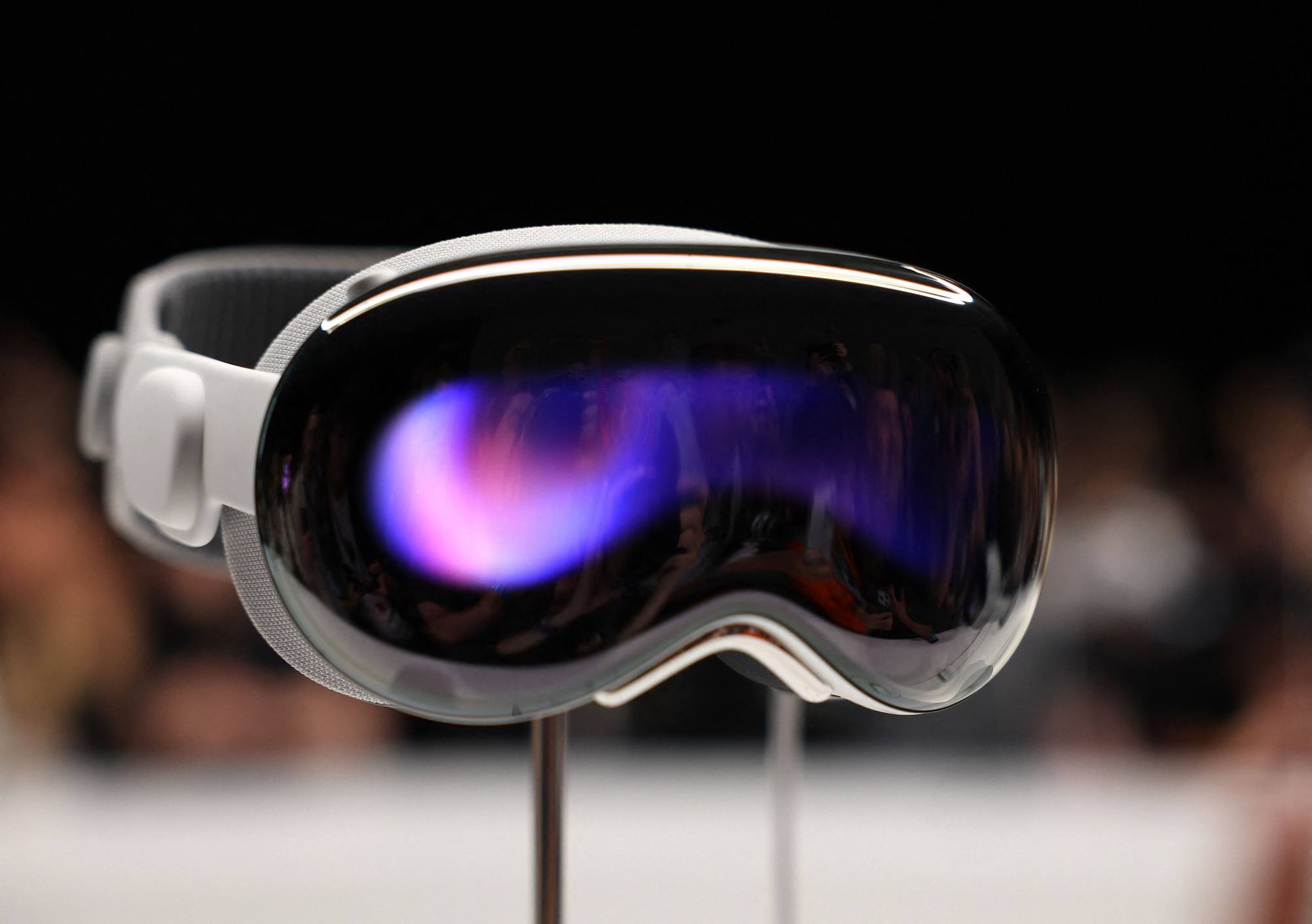
The Vision Pro has one significant flaw: at 650 grams (1.4 pounds) it is too heavy, and the weight is entirely front-loaded.
I consider myself to be a fit, healthy adult without aches and pains, but even I cannot wear the Vision Pro for more than 10-15 minutes in an upright position – the weight of the headset is just too uncomfortable on my face and neck.
Things are much better when you can lean back and rest your head on something, like a chair headrest, or better yet if you are lying down. In fact, the bulk of my Vision Pro usage now is in bed, with me lying on my back, face up.
It is a shame that the Vision Pro is so heavy because I would love to wear it for productivity tasks – such as a virtual large-screen monitor for my laptop.
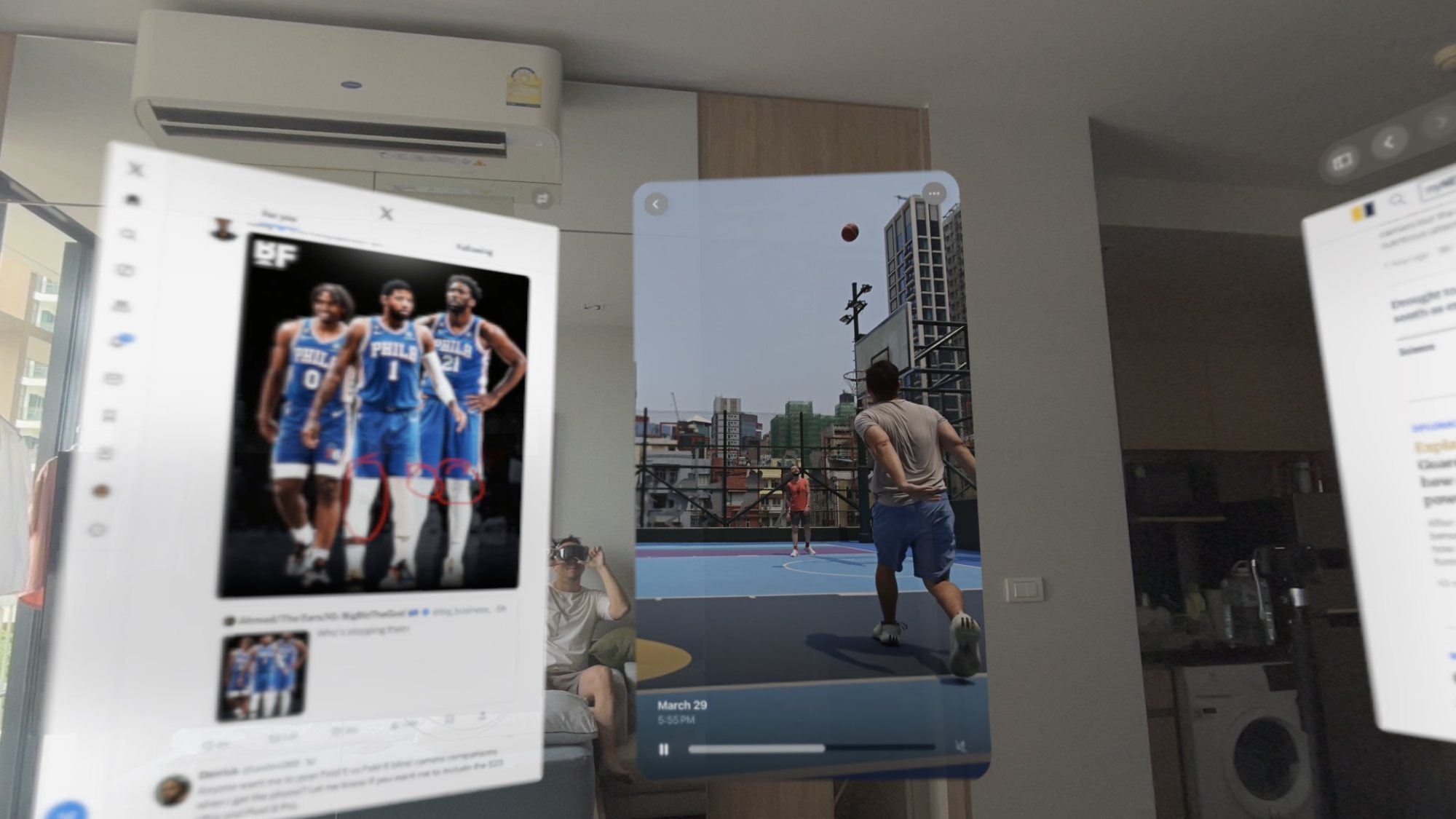
If you can handle the hefty weight and price tag, however, the Vision Pro is absolutely a mesmerising piece of kit that feels utterly futuristic. I essentially stopped using my flat-screen television after I got the Vision Pro.
Ben Sin
Orders for the Vision Pro can be made in Apple Stores and on their website. Free in-store demo sessions are available to book online, during which staff will run a size fitting and walk-through of the headset’s functions.
For customers with glasses, the staff will conduct a Zeiss Optical Insert process, which adjusts the headset’s sharpness and clarity. The customised headset will subsequently be mailed to them.










